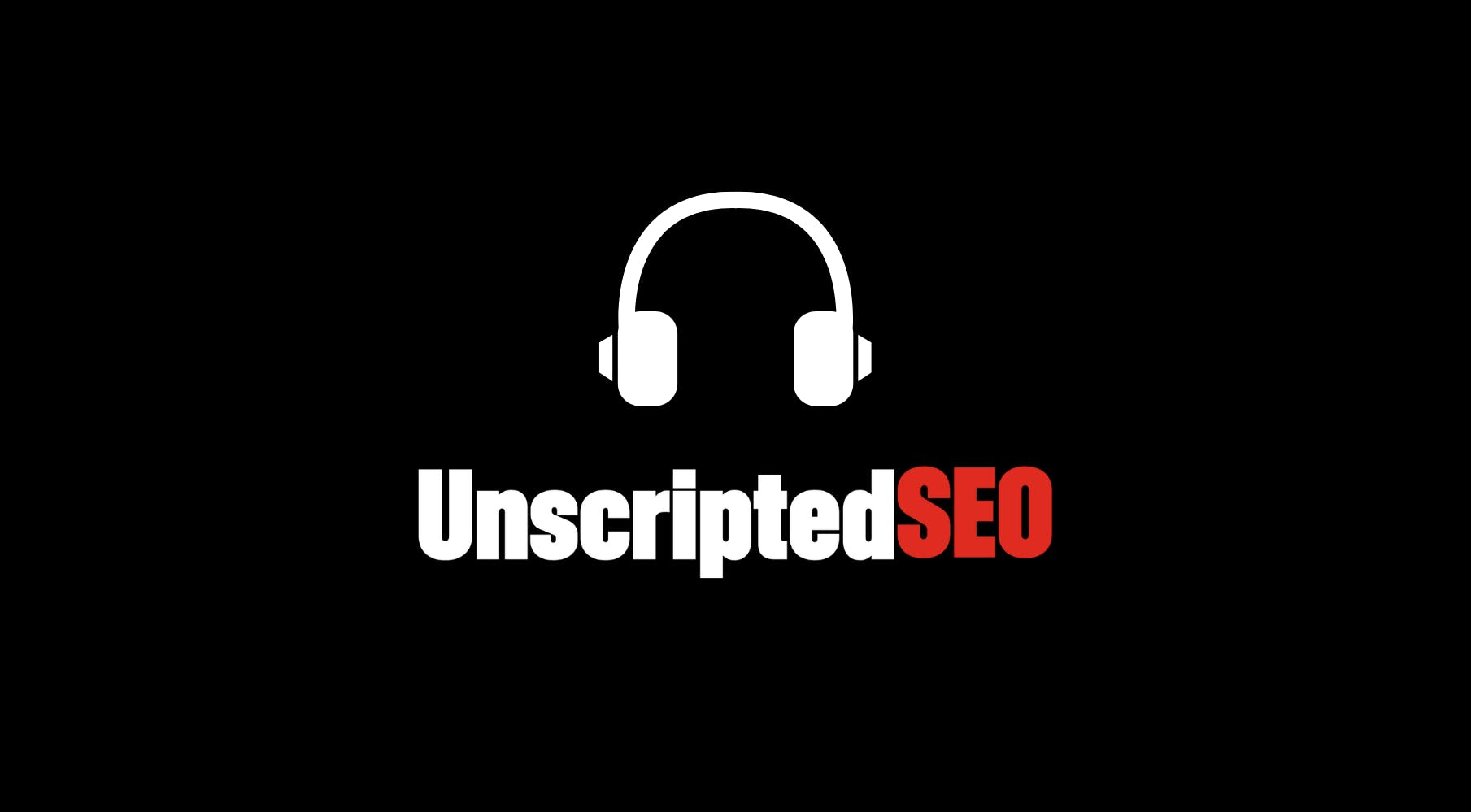Data-Driven Storytelling: How to Connect with Your Audience

In the realm of marketing, it's not just about numbers; it's about understanding the people behind those numbers.
By analyzing your audience's demographics, behaviors, and desires, you can craft content that resonates on a personal level. This isn't just a marketing tactic; it's a fundamental truth. And it’s been proven through the thousands of years humans have been telling stories.
Understanding your audience
Knowing your audience may be a marketing cliché, but it's also a golden rule. Understanding who you're speaking to is the cornerstone of effective storytelling. And marketing success hinges on using granular first-party data to truly connect with your audience.
Segmentation is your starting point. Divide your audience into groups based on shared traits like age, interests, or challenges. This allows you to craft stories that feel personally relevant, maximizing impact and engagement.
Dig deeper to uncover your audience's values, lifestyles, and online habits. What are their needs and aspirations? What keeps them up at night? This rich understanding empowers you to select data points and build narratives that resonate on a deeper level.
This is where first-party data collection becomes critical. Gather insights from surveys, analytics, and social media. This includes data on demographics, lifestyle and attitudes, purchase history, website interactions, engagement, and geography to start. The more specific you can get with the first-party data you collect, the more value it will provide to your marketing strategies. Analyze this information to identify trends, understand your audience's motivations and transform raw numbers into powerful narratives.
Ultimately, to truly comprehend our audience, we must engage in a dialogue that extends beyond the cold, hard facts. Through surveys, interviews, and cohort analysis, we can glean insights into their thoughts, their fears, and their aspirations. This qualitative data, when interwoven with quantitative metrics, paints a more complete portrait of our audience that informs our storytelling.
Choosing the right data
True magic lies not merely in the numbers, but in the narrative they weave. To craft a compelling tale, we must harmonize the quantitative and qualitative aspects of our data.
While first-party data provides the sturdy backbone of our narrative, it is the qualitative insights that breathe life into it. By understanding the emotional drivers behind purchases—the fears and uncertainties that linger in the minds of our audience—we can tailor our stories to resonate on a profound level.
Qualitative data, woven from the threads of customer interviews, surveys, and cohort analysis, adds depth and richness to our narrative. It allows us to step into the shoes of our audience, to understand their motivations, and to tailor our messaging accordingly.
While traditional metrics like conversion rate and cost per acquisition offer valuable insights, we must not limit ourselves to these lower-funnel behaviors. By delving into upper-funnel metrics, such as time spent on the website or phone inquiries, we can uncover the hidden gems that may be hindering conversions.
The key lies in balancing the quantitative and qualitative. While quantitative data provides the framework, qualitative insights add the human touch. By understanding both the numbers and the stories behind them, we can craft narratives that not only inform but also inspire.
Identifying the appropriate touchpoints
In the intricate tapestry of data-driven storytelling, the touchpoint serves as the nexus where narrative and audience intersect. To weave a compelling tale, one must first understand their audience’s preferred terrain. Where are they, and what are they searching for? By mapping these touchpoints, we create the pathways through which our narratives can travel.
Whether it be the bustling streets of social media, the immersive realm of events, or the intimate confines of their homes, we must meet our audience where they are. If that requires you to create landing pages or live and interactive experiences at events to gather data, create retargeting audiences from that. Either way, you need a keen understanding of their digital habits, their consumption patterns, and their preferences. Only then can we craft narratives that truly resonate.
Once we've established these touchpoints, we can begin to construct the narrative. What are the audience's pain points? How does our brand address these challenges? How can we demonstrate our unwavering commitment to serving our customers? By answering these questions, we forge the narrative that will establish trust and guide our audience through the labyrinth of data and towards a deeper connection with our brand.
Crafting a compelling narrative
Our narratives must adapt to context. Just as a skilled navigator charts a course through treacherous waters, we must navigate the currents of audience attention and cognitive load.
The length and format of our narrative should not be a one-size-fits-all endeavor. On platforms where fleeting attention reigns supreme, such as social media, concise, bite-sized narratives are essential. A barrage of information can overwhelm the audience, leading to disengagement.
Conversely, when our audience seeks in-depth knowledge, as evidenced by their engagement with long-tail keywords, we must provide comprehensive and informative content. In these instances, a more extensive narrative can be the key to captivating and converting.
Understanding the audience's cognitive load at each touchpoint is paramount. Are they seeking a quick fix or a deep dive? Tailoring our narratives to their cognitive capacity ensures that our message is not only received, but also absorbed.
In the realm of live experiences, the same principles apply. Are we seeking a dialogue or a visual impact? We must understand the context of the experience to craft narratives that resonate with our audience and leave a lasting impression.
In the end, data-driven storytelling is about empathy. It's about understanding your audience on a deep level and crafting narratives that resonate with their hearts and minds. By combining the power of first-party data with the art of storytelling, you can create heartfelt marketing campaigns that not only inform but also inspire. Remember, the most effective stories are the ones that make your audience feel seen, heard, and understood.
At ONAR, data-driven storytelling is built into the core of all of our agencies. With creativity as our compass and precision as our guide, our agency network is helping their clients navigate their most complex challenge. Let us show you.



